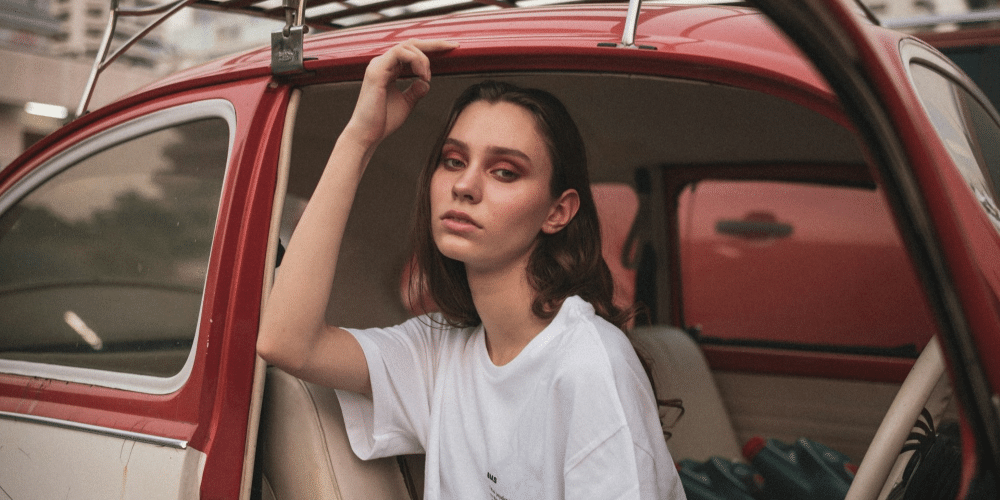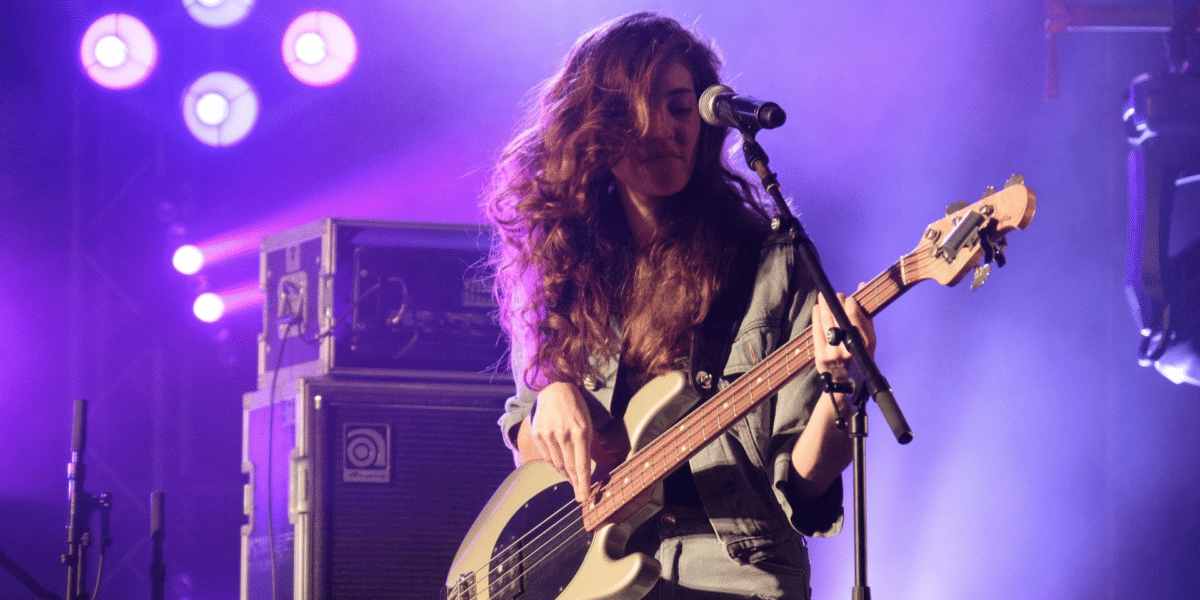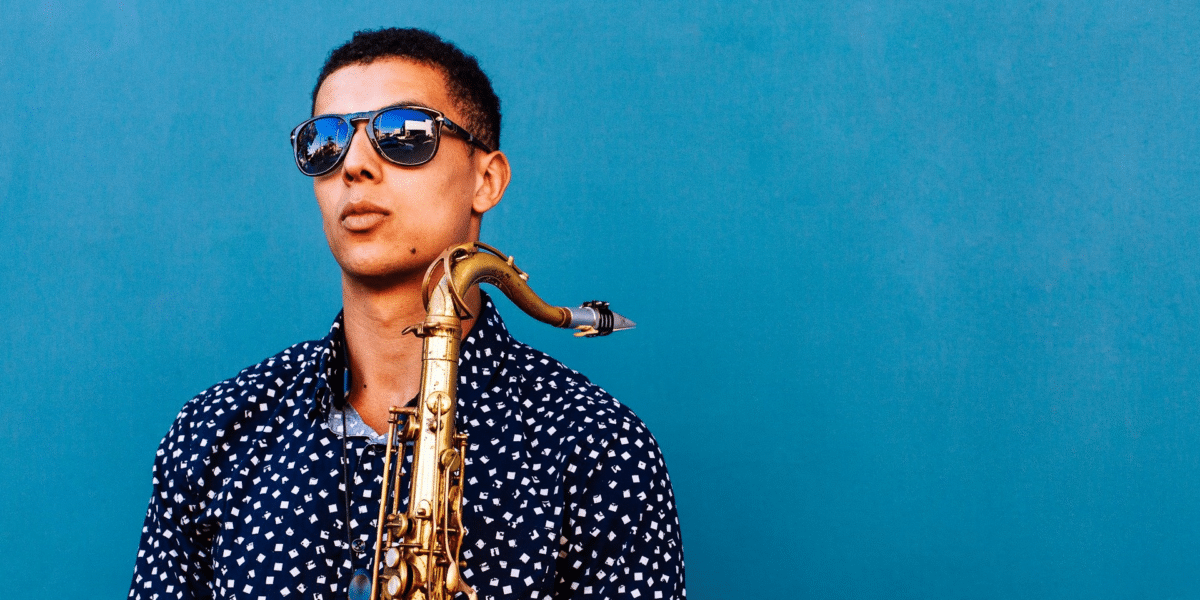Exploring How Artists Utilize Nostalgia in Music
Nostalgia is a powerful emotion that evokes fond memories of the past, and artists have long been using it as a tool to connect with audiences and evoke specific emotions in their music. In this article, we’ll delve into how artists utilize nostalgia in their music, why it resonates so deeply with listeners, and the different ways in which it can be employed to create impactful and memorable songs.
What is Nostalgia?
Before we dive into how artists use nostalgia in their music, let’s first define what nostalgia means in the context of music. Nostalgia is a sentimentality for the past, often characterized by a longing or wistful affection for moments, experiences, or cultural artifacts that evoke fond memories. In music, nostalgia can be conveyed through lyrics, melodies, chord progressions, and even production techniques that evoke the sounds and styles of a bygone era.
Whether it’s a familiar melody that transports us back to our childhood, a poignant lyric that resonates with a past experience, or a retro-inspired production that evokes the mood of a particular decade, nostalgia in music has the power to transport us to another time and place, eliciting a range of emotions in the process.
Why Does Nostalgia Resonate with Audiences?
Nostalgia resonates with audiences for several reasons. Firstly, it taps into our innate desire for connection and belonging, reminding us of shared experiences and cultural touchstones that shape our identities and sense of self. Whether it’s a song that reminds us of our youth, a soundtrack from a beloved movie, or a genre of music that defined a particular era, nostalgia has the ability to forge a deep emotional bond between listeners and the music they love.
Additionally, nostalgia offers a sense of comfort and familiarity in an increasingly uncertain and chaotic world. In times of stress or upheaval, revisiting familiar songs and sounds can provide a sense of stability and grounding, offering a brief respite from the challenges of daily life.
How Artists Use Nostalgia in Their Music
Now that we understand the appeal of nostalgia in music, let’s explore how artists utilize it in their creative process. One common technique is to incorporate musical elements from a specific time period or genre that evokes a sense of nostalgia in listeners. This could include using vintage instruments, recording techniques, or production styles that harken back to a bygone era.
Another approach is to infuse lyrics with nostalgic themes and imagery, drawing on personal memories and experiences to create songs that resonate with listeners on an emotional level. Whether it’s reminiscing about lost love, childhood adventures, or the passage of time, nostalgic lyrics can evoke a sense of longing and nostalgia in listeners, transporting them back to moments from their past.
The Role of Nostalgia in Music Marketing
In addition to its creative uses, nostalgia also plays a significant role in music marketing. Record labels and artists often leverage nostalgia as a marketing tool to promote new releases, reissues, and anniversary editions of classic albums. By tapping into the collective nostalgia of their fanbase, artists can generate excitement and anticipation for new music while also capitalizing on the enduring appeal of their back catalog.
From anniversary tours and re-recordings of classic albums to limited-edition vinyl releases and nostalgic merchandise, artists and labels use a variety of strategies to capitalize on the nostalgia market and keep fans engaged and invested in their music.
Connecting with the Audience
In conclusion, nostalgia is a powerful tool that artists use to connect with audiences and evoke specific emotions in their music. Whether it’s through familiar melodies, poignant lyrics, or retro-inspired production techniques, nostalgia has the ability to transport listeners to another time and place, eliciting a range of emotions in the process.
By tapping into our shared experiences and cultural touchstones, artists can create music that resonates deeply with listeners, forging a deep emotional bond that transcends time and space. Whether it’s a song that reminds us of our youth or a melody that transports us back to a bygone era, nostalgia in music has the power to evoke powerful emotions and create lasting memories for generations to come.










